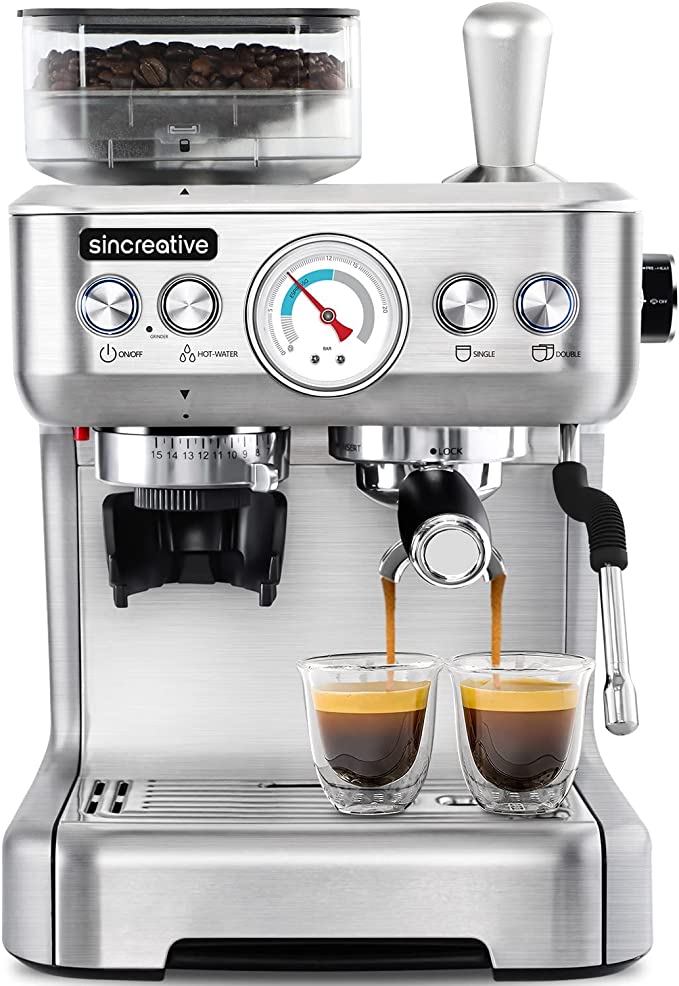We do almost anything for our cats. We buy them premium food, build them elaborate climbing trees, and fill our camera rolls with their regal naps. We adore them. And yet, for most of us, there is a daily, Sisyphean task that tests this adoration: scooping the litter box. It’s the elephant in the room of an otherwise beautiful human-animal relationship. We perform the chore out of duty, but this small, unpleasant act, repeated thousands of times, carries an invisible weight. It subtly degrades our home environment, adds to our daily mental load, and creates a point of friction in a bond that should be about joy.
What if we could remove that friction entirely? The conversation around automated litter boxes, like the ZHMZ G1, often centers on convenience. But its most profound impact isn’t on our schedule; it’s on our senses, our psyche, and the very quality of the relationship we have with our pets. By automating the single most unpleasant aspect of cat ownership, we aren’t being lazy; we are making a deliberate investment in a more harmonious shared existence.

Reclaiming Your Home’s “Scent-scape”
Every home has a “scent-scape,” an ambient olfactory character. For pet owners, the battle to keep this scent-scape pleasant is constant. A traditional litter box, even when scooped daily, is a persistent source of low-level odor. We become nose-blind to it—a phenomenon known as olfactory fatigue—but our guests don’t. This can create a subtle, subconscious feeling of embarrassment or a sense that our home is never truly “clean.”
A fully sealed, automated system, as described in the ZHMZ G1’s design, fundamentally alters this reality. By immediately separating waste into a contained, often carbon-filtered drawer, it stops odors at the source, before they have a chance to permeate the air. The result is a home that simply smells like a home, not like a home with a cat. This isn’t just about impressing visitors. It’s about our own ability to relax and fully enjoy our living space without a nagging sensory reminder of the less glamorous side of pet ownership. It allows the home to feel like a true sanctuary for all its inhabitants, human and feline.
Lifting the Nagging Mental Load
Beyond the physical act and the smell is the mental load—the “chore baggage.” It’s that nagging voice in the back of your head on a busy morning: “Did I scoop the box?” It’s the dread of coming home after a long day, knowing that unpleasant task is waiting for you. This cognitive burden, while small, is cumulative. It occupies a slice of our finite mental energy that could be spent on more positive things.
Automation eliminates this entire category of thought. One user review for an automatic box aptly praised its “hassle-free” nature, and this is the key. The system takes over the daily responsibility, reducing a nagging, twice-daily thought process to a simple, once-a-week task of changing a bag. This mental liberation is significant. It frees up cognitive resources and removes a consistent source of low-grade stress and procrastination from our lives, making pet ownership feel less like a series of obligations and more like the rewarding companionship it’s meant to be.

Actionable Asset: The “Friction-Free” Pet Home Audit
Automating the litter box is a powerful step, but creating a harmonious space involves more. Here are small changes that reduce daily friction:
- Create a “Pet Station”: Designate one closet or cabinet for all pet supplies—food, treats, toys, carriers. Never again hunt for the nail clippers.
- Invest in a Robot Vacuum: A daily, automated floor cleaning is the second-best thing to an automated litter box for reducing pet-related cleaning stress.
- Water Fountain: A pet water fountain means filling the bowl less often and encourages hydration. It’s a win-win.
- Use Wipeable Mats: Place easy-to-clean silicone or rubber mats under food and water bowls to make spill cleanup instantaneous.
- Designated “Cuddle Zone”: Have a specific blanket or chair that is the “official” spot for cuddles. This simple ritual can strengthen your bond by creating a predictable, positive point of connection.
More Time and Energy for What Truly Matters
The time saved by not scooping is modest—perhaps five minutes a day. The true benefit is not the reclaimed time, but the reallocation of energy. Instead of spending your first moments after work with your head over a litter box, you can spend them greeting your cat with a toy or a scratch behind the ears. The interaction shifts from one of duty and distaste to one of connection and affection.
This fundamentally changes the dynamic. When our interactions with our pets are overwhelmingly positive, our bond deepens. We are no longer the person who just handles the “dirty work”; we are purely the provider of comfort, play, and security. This is perhaps the greatest, most underrated benefit of automating pet hygiene.
It is not about avoiding responsibility. It is about intelligently redesigning our routines to strip away the negative, leaving more room for the positive. It’s a conscious choice to invest in the emotional quality of our home, ensuring that the love we feel for our pets isn’t chipped away by the relentless, unpleasant reality of their waste. It’s a tool that helps us be the best possible companions to the animals who enrich our lives so profoundly.



